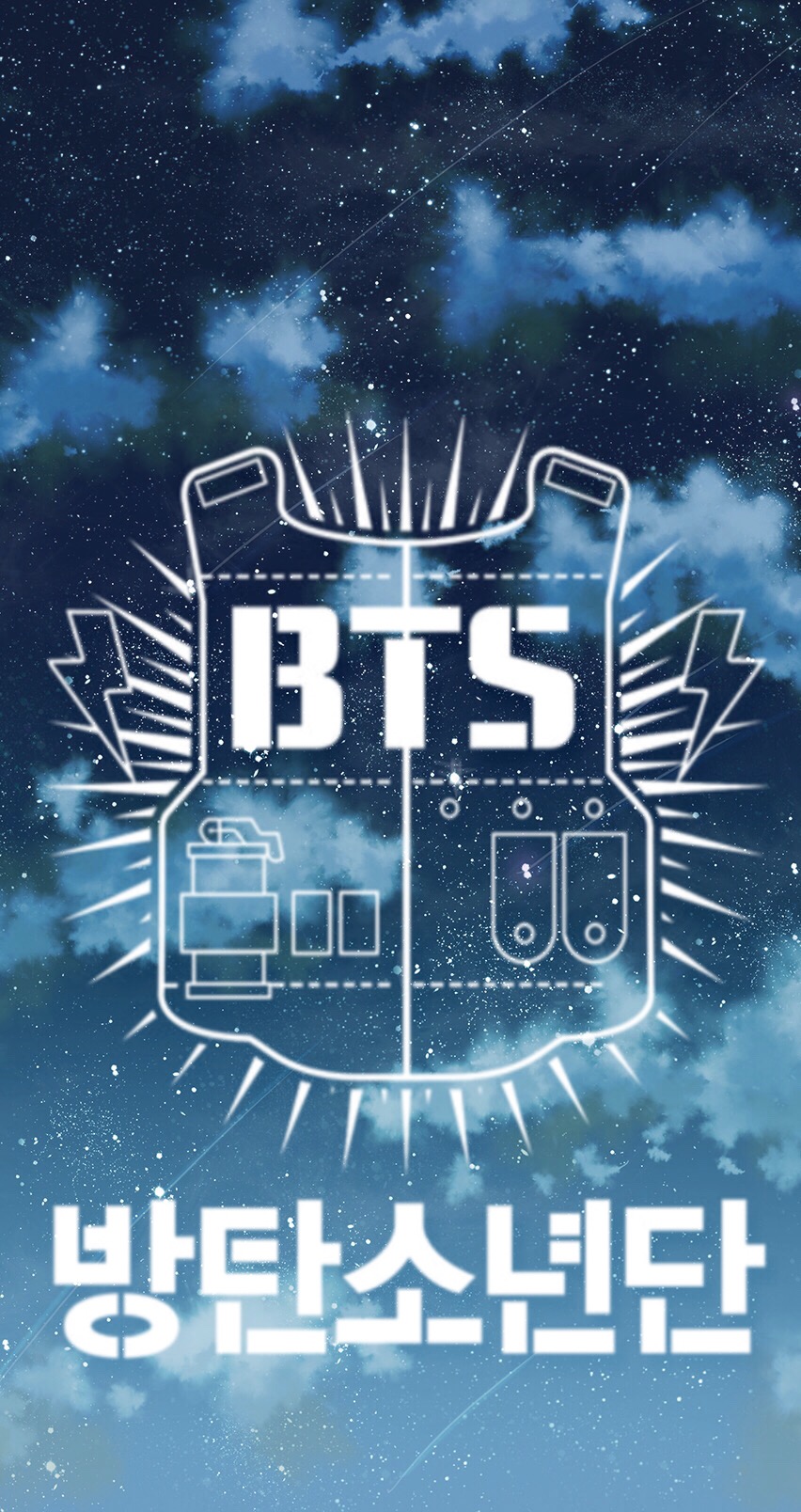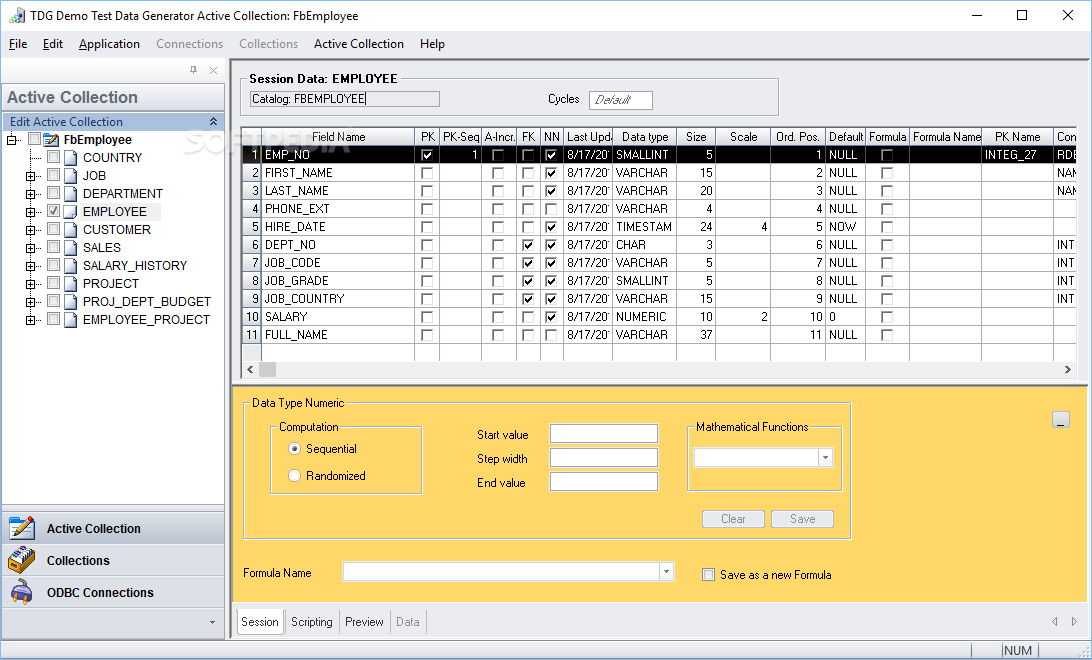

- #Data generator install
- #Data generator software
- #Data generator code
- #Data generator series
- #Data generator simulator
In the Azure IoT Hub devices frame, click on the refresh button. When prompted for the IoT Hub Connection String, paste the connection string copied in the previous section.

#Data generator code
Select View > Terminal to open the Visual Studio Code terminal. to the right of Azure IoT Hub for more actions. When prompted, select your Azure subscription and then your IoT hub.Ĭlick the. In the expanded frame, click on Select IoT Hub. In the bottom section of the Visual Studio Code explorer, select the Azure IoT Hub frame to expand it. When you're redirected to a success page, you can close the browser.Ĭonnect to your IoT hub and retrieve hub connection string Sign into your Azure subscription in Visual Studio Code by opening the command palette, Ctrl + Shift + P or View > Command Palette.Ī browser window opens and prompts you for your credentials. Now that we have the project building, connect to your IoT hub to access the connection string and monitor the progress of the data generation. You can make this build the default build task by selecting Terminal > Configure Default Build Task. The build runs and outputs a success message. You're prompted to select the build task to run. Validate that your environment is properly set up by triggering a build, Ctrl + Shift + B, or Terminal > Run Build Task. If you do not get these notifications, close Visual Studio Code, delete the bin and obj directories in C:\source\IoTEdgeAndMlSample\DeviceHarness, open Visual Studio Code, and reopen the DeviceHarness folder.

Select Restore to restore the package dependencies. If you missed this notification, check the bell icon in the lower right-hand corner.The notification may take a few seconds to appear.You will be prompted to add required assets for DeviceHarness. If OmniSharp errors appear in the output window, you’ll need to uninstall the C# extension.
#Data generator install
Since you're using extensions on this machine for the first time, some extensions will update and install their dependencies. In Visual Studio code, open the C:\source\IoTEdgeAndMlSample\DeviceHarness folder. Open a remote desktop session to your development VM. Configure Visual Studio Code and build DeviceHarness project If you have arrived at this article directly, visit the first article in the series.
#Data generator series
Each article in the series builds on the work in the previous article. This article is part of a series for a tutorial about using Azure Machine Learning on IoT Edge. Use the sample DeviceHarness project to generate simulated IoT device data.Incorporate an external project into your development environment.In this section of the tutorial, you learn how to: The real-world equivalent to the work in this step would likely be performed by device developers and cloud developers. The tasks described in this article should take about 20 minutes to complete. TurbofanDevice: Responsible for creating an IoT Device, that corresponds to a single device (time series), in the data and transmitting the data to IoT Hub.CycleData: Represents a single row of data in a file converted to message format.

#Data generator simulator
The simulator is a C# program that uses the IoT Hub APIs to programmatically register virtual devices with IoT Hub.
#Data generator software
Assuming you do not have a collection of internet-connected turbofan engines available, we will build a software stand-in for these devices. In reality, each engine would be an independent IoT device.


 0 kommentar(er)
0 kommentar(er)
